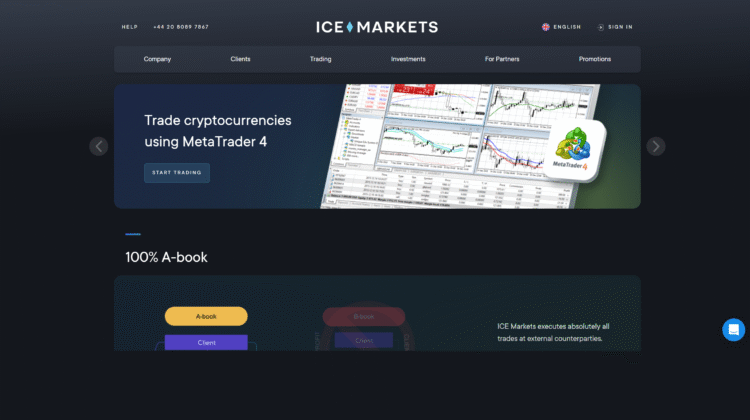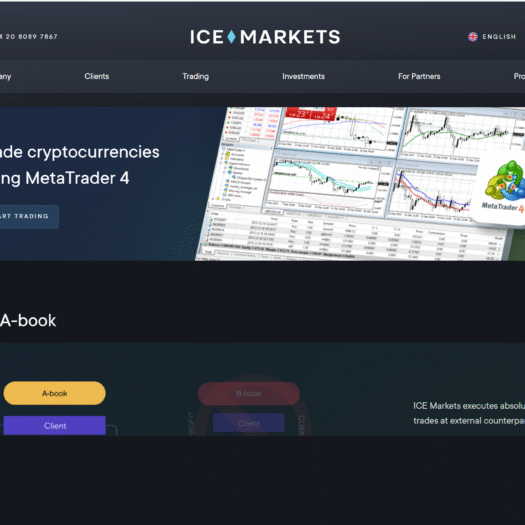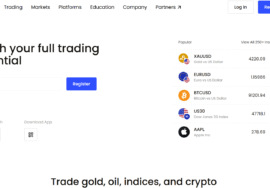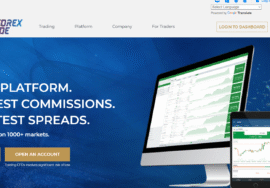
7 Serious Warnings: Why icemarkets Looks Legit but Probably Isn’t Safe for Most Traders
7 Serious Warnings: Why icemarkets Looks Legit but Probably Isn’t Safe for Most Traders

ICE Markets (also known as ICE FX) is a forex/CFD broker that markets itself with perks like tight spreads, flexible leverage, cryptocurrency funding, and trading via MT4. For some traders, those features are tempting. On the flip side, multiple red flags from user reviews, watchdog sites, and regulatory checks suggest serious risk. Below are seven serious warnings you should understand in full before using ICE Markets.
1) Regulation status is murky and highly questionable
ICE Markets claims regulation under the Labuan Financial Services Authority (LFSA) in Malaysia, license number MB/15/0007. However, several credible review sites including BrokersView state that no matching record exists under that license or under Labuan’s registry. One watchdog also notes that its claimed Malaysian regulation is revoked or invalid. Because regulation is one of the clearest legal safeguards for traders (fund protection, dispute resolution, audit obligations), lack of valid regulation is a major negative.
2) Safety score is low; user-protection features weak or absent
TradersUnion assigns ICE Markets a safety score of about 3.7/10, labeling its security level as “Low.” That low score reflects absence of Tier-1 regulation, limited or no investor compensation schemes, and general lack of strong oversight. Reviewer sites warn that client funds may not be protected by recognized compensation funds, and users cannot rely on legal safety nets.
3) Withdrawal and licensing warnings appear repeatedly
Multiple sources and user forums report withdrawal delays, inconsistent commission or payout behavior, and that accounts or profit may be blocked or subjected to vague “reviews.” Some review sites list ICE Markets on warning lists of regulators who assert the broker is operating without authorization in some jurisdictions. These behavior patterns are serious, especially when combined with murky regulation, because they suggest that even if deposits are accepted easily, extracting profits may be much harder.
4) Trading conditions and “perks” may hide costs or misleading claims
ICE Markets advertises attractive features: no-commission (or low commission) STP accounts, access to crypto/forex/commodities, and minimum deposit thresholds that appear affordable. But review sites point out that spreads can widen under volatile conditions, commissions or fees for withdrawals may be high, and leverage conditions may differ greatly depending on region or account type. Some marketing materials may present “best case” spread or leverage but hide edge-case behavior.
5) High leverage amplifies loss risk in an unprotected environment
ICE Markets offers leverage up to 1:300 for some account types. While high leverage can magnify profits, it also accelerates losses, especially when combined with unstable execution, slippage, spread widening, or delayed order fills. In an environment where regulatory oversight is weak and withdrawal or dispute enforcement is uncertain, high leverage significantly increases risk. Many user-reviews emphasize loss magnification in volatile markets.
6) Credentials and company disclosures do not inspire full confidence
ICE Markets’ website claims features such as segregated client funds, using major banks, offering PAMM/STP accounts, and various promotions. But reviewing sources indicate that some of those claims are unverified or contradicted. For example, verification in regulatory registers is missing or license is reported revoked; bank relationships or fund segregation claims are not backed by independent audit or regulator confirmation. This mismatch between claimed credentials and verifiable credentials is a strong warning signal.
7) Reputation among users and watchdogs is deeply mixed and trending negative
While some early user feedback highlights acceptable execution speed or favorable conditions in calm markets, many more reviews highlight serious negatives: inability to withdraw profits, surprise fees, inconsistent spreads, opaque handling of accounts under stress, and unresponsive or evasive customer support in critical situations. Watchdog sites like BrokersView, WikiFX, FX-List and others put ICE Markets in “warning” or “avoid” categories, especially because of regulation concerns and repeated user complaints.
Conclusion: Final Verdict on ICE Markets
ICE Markets might look tempting: advertising bright features, offering popular trading platforms, allowing crypto asset access, using STP model accounts, and marketing relatively low minimum deposit thresholds. For traders seeking fast entry, access to varied instruments, or crypto funding, those features may appear appealing, especially if you believe you can manage the risks. Some traders may experience decent conditions initially—small trades may go through without issue, spreads may be acceptable in stable times, deposits might work fine.
However, the weight of evidence strongly suggests that ICE Markets carries substantial risk, and in many respects crosses into territory that most serious traders should avoid or treat with extreme caution. The biggest red flag is the regulation issue: claiming Malaysian regulation under Labuan but failing to appear in the regulatory register, or having that license revoked, means legal protections are likely illusory. Without valid regulatory oversight, claims of fund segregation, transparent execution, or fair payout are difficult to enforce or verify.
Withdrawal difficulties, refusal or delays in profit or principal payouts, vague or excessive “account under review” clauses, and inconsistent cost behavior all appear in multiple reports from users. These are not rare or fringe complaints—these are repeated in different jurisdictions and user bases. That suggests these issues are structural, not just isolated glitches. When a broker behaves well only when amounts are small but becomes difficult when profits or withdrawal sizes are larger, that asymmetry is dangerous.
High leverage amplifies risk further in this unprotected environment. With leverage up to 1:300, losses can escalate quickly. Many traders fail to account for slippage, spread widening, or platform/market inefficiencies during volatile trading hours or news days. In a regulated broker environment, there may be recourse; with ICE Markets, the few protections seem weak. Also, promotions, bonus offers, or “best spread” claims may serve as bait if the cost structure or fine print undermines the advertised benefit.
In practice, if I were evaluating whether to use ICE Markets, I would only consider exposing a very small amount—money I am ready to lose entirely. I would test the deposit, trade execution, and especially withdrawal process (including profit withdrawal). I would carefully read all legal documents, especially sections on withdrawal, account closure, “market abuse” or “account review” clauses, and check for verifiable regulation. I’d also collect screenshots, support correspondence, trade logs—document everything. And unless you’re trading with small sums for practice or experimentation, the risk seems too high.
In comparison, brokers regulated by strong authorities such as FCA UK, ASIC Australia, CySEC, or even Labuan or LFSA when valid—but fully verifiable—offer more dependable guarantees. Even if they cost a bit more or have more regulation overhead, that cost is the price of safety.
Final verdict: ICE Markets is not definitively a confirmed scam, but it appears to be borderline: many indicators fall on the risk side. For cautious traders, beginners, or anyone wanting reliable withdrawals and regulated safety, ICE Markets should be avoided. If you choose to use it, do so with great caution, small capital, and full expectation that you may face friction. Its marketing promises are appealing—but they diverge too often from user reports and regulatory reality to be trusted without skepticism.








